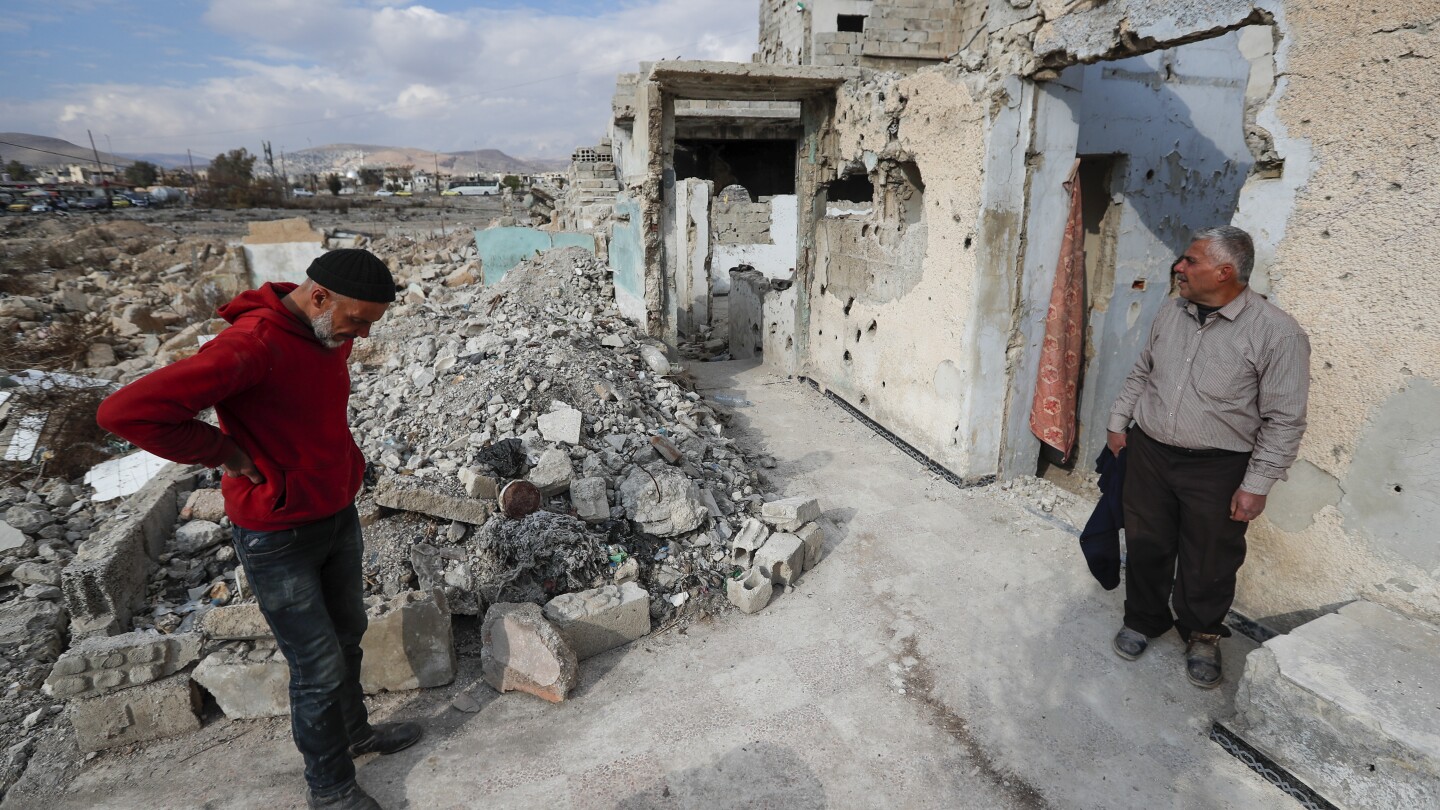The Lingering Economic Struggles of Syria: A Post-Assad Analysis
Despite the ousting of Bashar al-Assad, Syria continues to grapple with profound economic challenges. This post-Assad analysis seeks to unravel the complex tapestry of factors contributing to the nation’s financial turmoil and explore potential paths to recovery. The enduring impact of years of war, sanctions, and political instability has left Syria’s economy in tatters, prompting a closer look at the underlying issues that hinder recovery and the prospects for a more stable future.
The Aftermath of Conflict
To understand the economic struggles in Syria, one must first consider the devastating effects of the civil war that erupted in 2011. The conflict has led to:
- Widespread destruction: Infrastructure, including roads, schools, and hospitals, has been decimated. Major cities have experienced significant damage, which hampers economic activity.
- Displacement of populations: Millions of Syrians have been displaced internally and externally. This outflow of talent and labor has resulted in a significant brain drain, which stifles economic growth.
- Loss of human capital: The war has led to a staggering loss of life and a decrease in the working-age population, severely impacting productivity.
The economic ramifications of these factors are profound, leaving Syria with a shattered economy struggling to meet the basic needs of its population.
The Role of Sanctions
International sanctions imposed on the Assad regime have compounded Syria’s economic woes. While sanctions are generally aimed at government officials and institutions, their broader impact is felt across the economy. Key points regarding sanctions include:
- Trade restrictions: Limitations on imports and exports have stifled trade, crippling industries that rely on foreign goods and markets.
- Access to financial systems: Sanctions have restricted Syria’s access to international banking and financial systems, making it difficult for businesses to operate and for the government to raise funds.
- Humanitarian impact: The sanctions, while intended to pressure the regime, have also affected the civilian population, exacerbating poverty and hunger.
While some argue that sanctions are necessary to hold the Assad regime accountable, the unintended consequences have left many Syrians in dire economic straits.
Internal Governance Issues
Post-Assad Syria must also contend with significant internal governance challenges that hinder economic recovery:
- Corruption: Corruption remains rampant in both government and business sectors, deterring foreign investment and eroding public trust.
- Lack of accountability: The absence of a transparent governance structure makes it difficult for citizens to hold leaders accountable, leading to further mismanagement of resources.
- Political fragmentation: Various factions control different regions of the country, complicating the implementation of a cohesive economic policy.
These governance issues create a climate of uncertainty, discouraging both domestic and foreign investment, which is crucial for economic revitalization.
Economic Indicators and Current State
The current economic indicators paint a bleak picture for Syria:
- Hyperinflation: The Syrian pound has lost significant value, leading to hyperinflation that erodes purchasing power and savings.
- Poverty rates: Estimates suggest that over 90% of the population lives below the poverty line, struggling to meet basic needs.
- Unemployment: Unemployment rates remain high, especially among the youth, leading to social unrest and frustration.
These indicators highlight the urgent need for economic reform and humanitarian assistance to alleviate the suffering of the Syrian people.
Paths to Recovery
Despite the challenges, there are potential avenues for Syria’s economic recovery. Some of these include:
- International Aid: Providing humanitarian aid and support for rebuilding infrastructure can help alleviate immediate suffering and lay the groundwork for recovery.
- Investment in Education and Health: Focusing on rebuilding the education and healthcare systems can enhance human capital, making the workforce more productive.
- Encouraging Private Sector Growth: Reforming regulations to encourage entrepreneurship and private investment could help stimulate economic activity.
Engaging the international community for support while addressing the concerns surrounding governance and human rights will be crucial for any long-term recovery strategy.
The Role of the International Community
The international community has a pivotal role to play in Syria’s recovery. This can be achieved through:
- Diplomatic Engagement: Encouraging dialogue among various factions within Syria can help create a unified approach to governance and economic policy.
- Conditional Aid: Providing financial assistance with conditions aimed at promoting transparency and anti-corruption measures can help rebuild trust and effectiveness in governance.
- Support for NGOs: Non-governmental organizations can play a significant role in delivering humanitarian aid and rebuilding local economies.
Ultimately, a collaborative approach that includes the voices of the Syrian people will be essential in crafting a sustainable path forward.
Conclusion
The lingering economic struggles of Syria present a multifaceted challenge that requires a comprehensive understanding of the underlying issues. While the removal of Bashar al-Assad offers a glimmer of hope, the path to recovery is fraught with obstacles, ranging from the aftermath of conflict to the impacts of international sanctions. However, with concerted efforts from the international community and a commitment to reform within Syria, there is potential for a brighter economic future. By addressing the roots of poverty, corruption, and governance issues, Syria can begin to rebuild its economy and restore hope to its people.
See more CCTV News Daily



